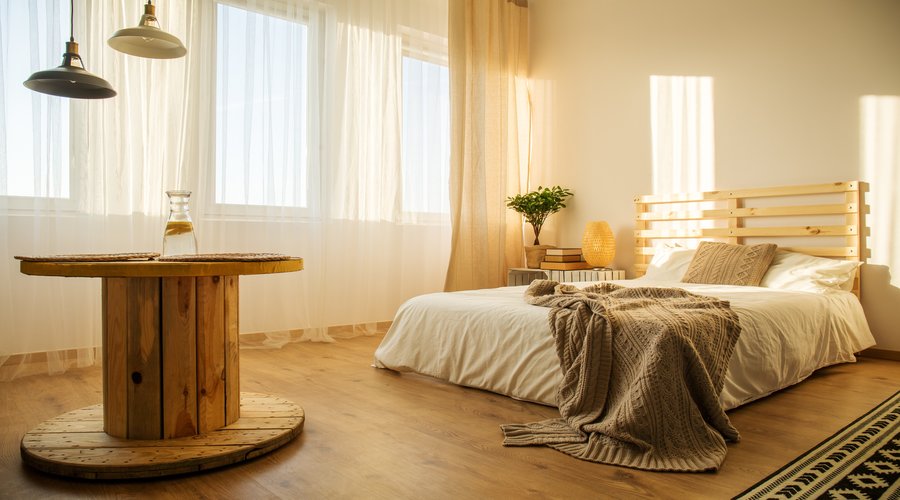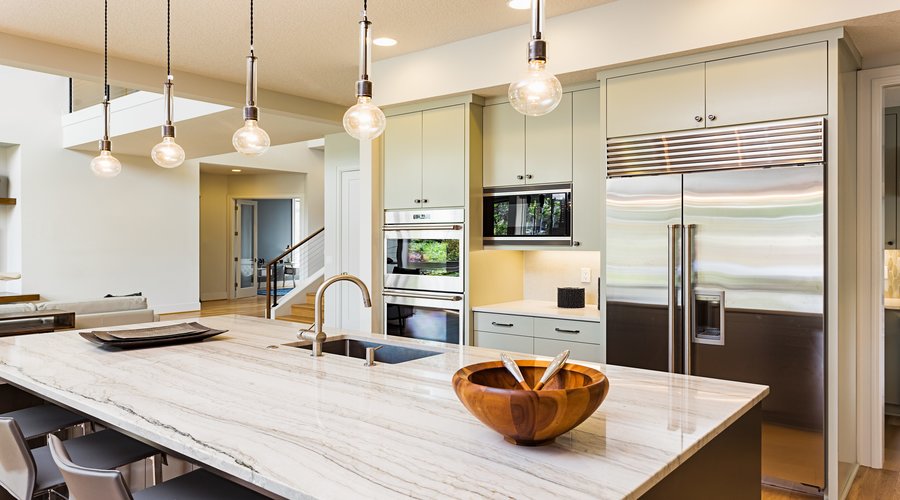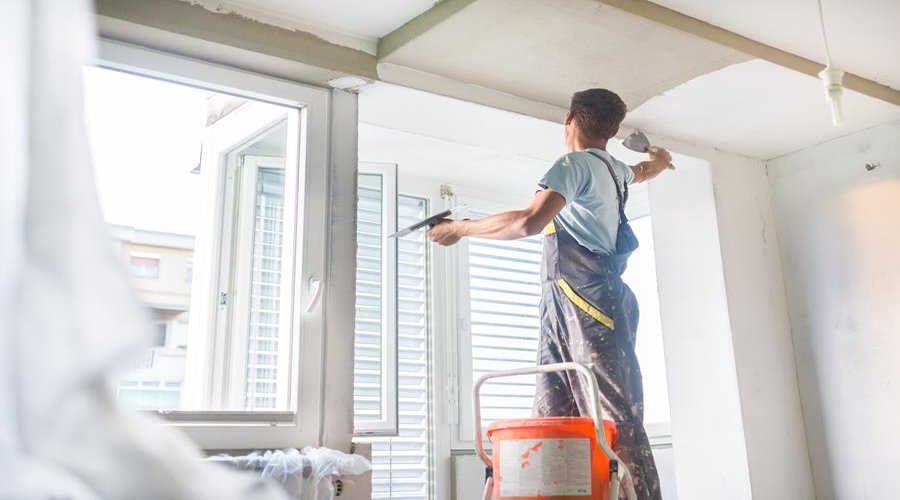How Lighting Affects Interior Paint Colours

When picking a colour for painting, it can be hard to judge how a swatch held in hand is going to look on our walls. Factor in some lighting to this equation and you might find that your first pick of paint was nothing like the swatch or even what you saw in the tin. It’s too often that after painting the entire room you notice something’s amiss.
To avoid this predicament, we’ve got some tricks and tips on how to factor the impact that lighting has on interior paint colours, but first we need to understand a little on how we actually “see” colour.
You may already know that colour is all light at play and that the baby blue you’ve picked out for the hallways won’t read the same to others because of it.
- To put it simply, objects have no inherent colour and instead colour is perceived through light that reflects off the surface of an object.
- If we see an object as black it means that all the light was absorbed, while white means that all light is equally reflected.
- Anything in the middle is just a combination of red, green and blue lights being processed by our brains to see colour.
So the question now becomes how can light sources, both natural and artificial, effect these colours? And what can you do to ensure your paint looks great no matter the time of day?
Natural Lighting

Most professionals will advise that you always use natural light when comparing swatches against walls as the amount of sun will have a huge effect on your room’s colour.
Sunny All Day
If your room is lucky enough to be sunkissed all day we recommend taking advantage of the natural light and using pale or golden hues to ramp up the lazy summer days effect. Alternatively, bold and rich hues always look great under this lighting, so you’re spoiled for choice when it comes to decorating these spaces.
Depending on if your room is north-facing or south-facing you may want to give different hues a try as north light is bluish and cooler while south light is brighter and can give off a glow.
Sunny In The Morning
Common in east-facing rooms, your light will start warm in the morning and turn bluish later in the day. Sticking with fresh and mild colours that will pop in the morning but still feel fresh in the afternoon is our pick for these walls.
Sunny In The Afternoon
West-facing rooms get most of the evening glow, with light that is warm and intense casting many shadows. The key to painting this room is to avoid vibrant and bold colours as shadows, and harsh lighting can make them appear dull. Stick with pale and more subdued tones that will warm up later in the day.
No Natural Light

While it’s great to warm up rooms that don’t get much sun, you’ll have to be wary of how your artificial lighting affects colours in the following ways.
- Incandescents: Provide a yellowish glow that is great for bringing out brighter colours while muting blues and greens.
- Fluorescents: Can make bold and vivid colours feel flat and dull with its cool light.
- Halogens: Pure white light, halogens most resemble sunny, natural light.
- LEDs: These lights give you more control over the colours of your rooms as you can pick and choose how warm or cold you’d like the bulbs to emit.
Tips to Look Good No Matter What

Now that we’ve explained what different light sources can do you may be still wondering how to get your walls looking exactly like your swatch. That’s why we’ve got a few other things you might want to consider before picking up those rollers.
Décor:
Repainting anything from the carpet to the light fixtures can affect colour. When it comes to your fixtures, the lighting will be either indirect or direct. Indirect lighting means that light will aim towards the ceiling or walls, as opposed to direct lighting, that shines straight down on a surface. Direct lighting can make ceilings and the top ends of your walls appear darker in colour.
If using a darker lampshade on your fixture, the surrounding colours will be muted while brighter shades give the light intensity.
When considering your carpet, keep in mind that light coloured walls can reflect bold tones. For example a deep red rug can cast a reddish tint on your white walls.
Paint Type:
Gloss and sheen finishes affect reflection and the overall colour of your room. While we’d suggest sticking to mattes to achieve exact colours, you can always use gloss to your advtange as the sheen can enrich bright colours.
Trial:
When you’ve considered all other factors the only thing left to do is see for yourself. Tape up some paper or paint directly onto your walls to see how the colour changes at different points of the day!










